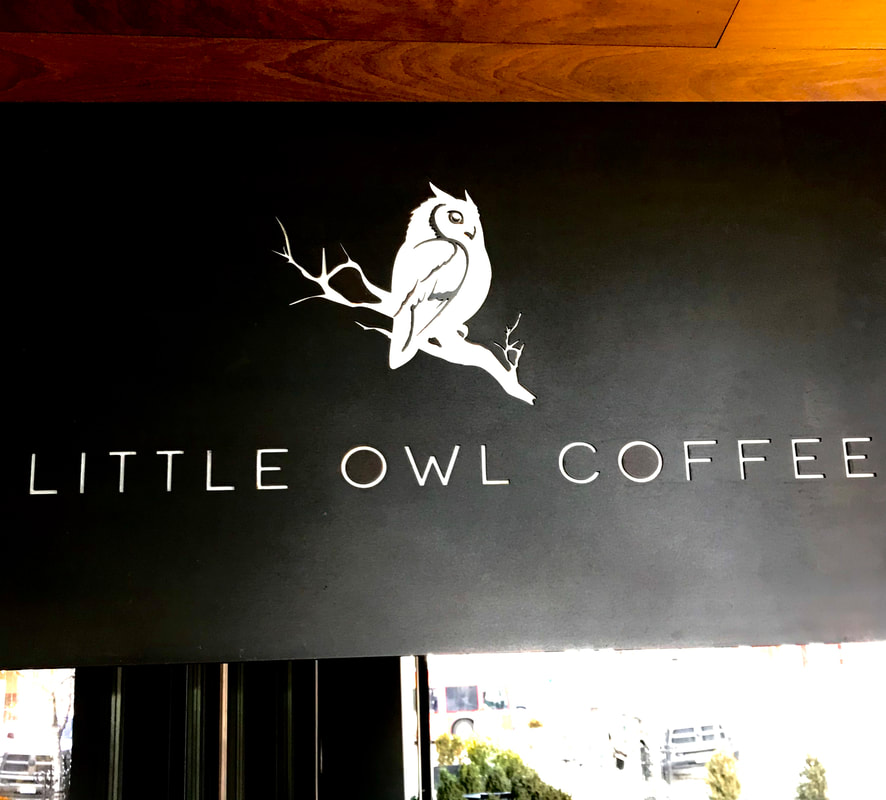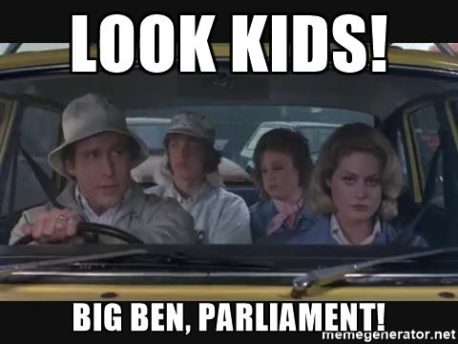|
2/25/2019 0 Comments Little OwlI woke up on the corner of 9th and Monroe streets in Congress Park today. Not on the actual street corner, of course, but in the guest bedroom of a classic 1920s Denver bungalow of an old friend. A bluebird sky welcomed my first morning today in the city that Helen and I called home at the beginning of our married life some twenty plus years ago.
Sipping coffee at the jewel-box space of Little Owl Coffee downtown I’m surrounded by sights that are uncommon for a resident of the South: low banks of snow pushed up on curbs, a range of dove-white mountain caps in the western distance and people bustling past the café window bundled in knit hats and fuzzy scarves exhaling plumes of mini clouds. And yet the scene is also as familiar as a deep breath. I’m here to connect with old friends and new as I explore novel pathways for the future. A giddy feeling of adventure bubbles up in me in response to the vibrant city full of promise and energy. Nameless faces and uncharted spaces surround me. But behind the delight there comes the shadow of uncertainty bearing a twinge of fear. How often does a positive feeling elicit its shadow twin? In moments of pleasure our chattering mind thinks “This can’t last. Something will unravel.” I think this is the work of our lizard brain trying to protect us. The ancient caveman wandering alone in an unfamiliar part of the forest was likely dazzled by a fresh water spring and at the next moment frozen at the sound of a twig snapping behind him. Is the den of the saber-toothed tiger close by? Do I dare stay? But the feeling is only an ingrained thought pattern from a time before. Listen to its message and recognize the validity of its roots. Breathe deeply. The crisp winter air will open a new understanding the emotions the fear elicits. Then turn then to the wisdom of the little owl. Or the bluebird sky. Or the Rockies. They have a truer tale to tell about the new horizons that await.
0 Comments
2/16/2019 1 Comment Roundabouts for HumanityHave you driven through a roundabout recently? You know, those circular intersections that seem to be popping up more and more these days.
Traffic engineers will tell you they improve traffic flow and are safer. But what they are really doing is making us more connected and human. There were a few circular street intersections early on in the history of driving. Columbus circle in Manhattan has been around since 1904. But the modern version of the roundabout didn’t debut until the mid-1960s in England. They caught on. Mostly from the introduction of a new concept: the “priority rule.” This mandated that vehicles in the roundabout have the right of way. Cars entering the roundabout have to yield to those already circling. The idea spread around the world. Except for the United States. Kinda like the metric system and soccer. The first modern roundabout didn’t get built here until 1990. But that has changed because road builders have the facts on their side. Roundabouts have 90 percent fewer fatal crashes and 76 percent fewer crashes resulting in any injury. And they increase traffic flow, are cheaper to maintain and save gas. But what I’ve found is that roundabouts are much better at fostering our humanity, something sorely needed in the increasing stress of driving in our age. We’ve been conditioned to think only about ourselves. I’m headed that way and I don’t care where you need to go. If I get caught by the red light, I’m annoyed. I’ll try to sneak in a left turn under the yellow or a shade of just-changed-to-red-so-it’s-okay. At the red light everyone is looking at their phones. Texts? Instagram? Really? You almost always have to deploy the short honk to alert the guy in front that the light has changed. We also like the fact that there is someone else in charge – the traffic light. We’ve abdicated responsibility. We don’t trust anyone to do this right so we’ll defer to the stop signal. Of course we still want to ignore the rules ourselves a bit (see the left turn on red above). But we also get pissed off when anyone else does something stupid. But roundabouts engage us and require us to work together. When you approach a roundabout you’ve got to slow down and pay more attention to everyone else. Actually see them and maybe even make eye contact. You have to recognize your fellow traveler and acknowledge they have a different destination. Yield to them and find a gap where you can join the flow. At the end of the day each of us gets to where we want to be faster and with less chance of hurting someone else going a different direction. Maybe more roundabouts will make us better? And hey, if you miss your street exit, just loop around another time and catch it the next time. You’ve not missed anything and maybe you’ll see Big Ben and Parliament again. For more about roundabouts check out the excellent "How Stuff Works" podcast that inspired this post "Roundabouts: The Problem is you" |
Petro KacurI have a variety of interests and enjoy sharing my reflections on them here. Archives
March 2021
Categories |


 RSS Feed
RSS Feed